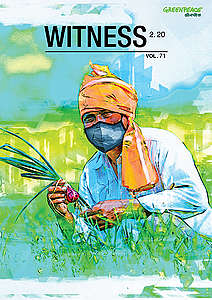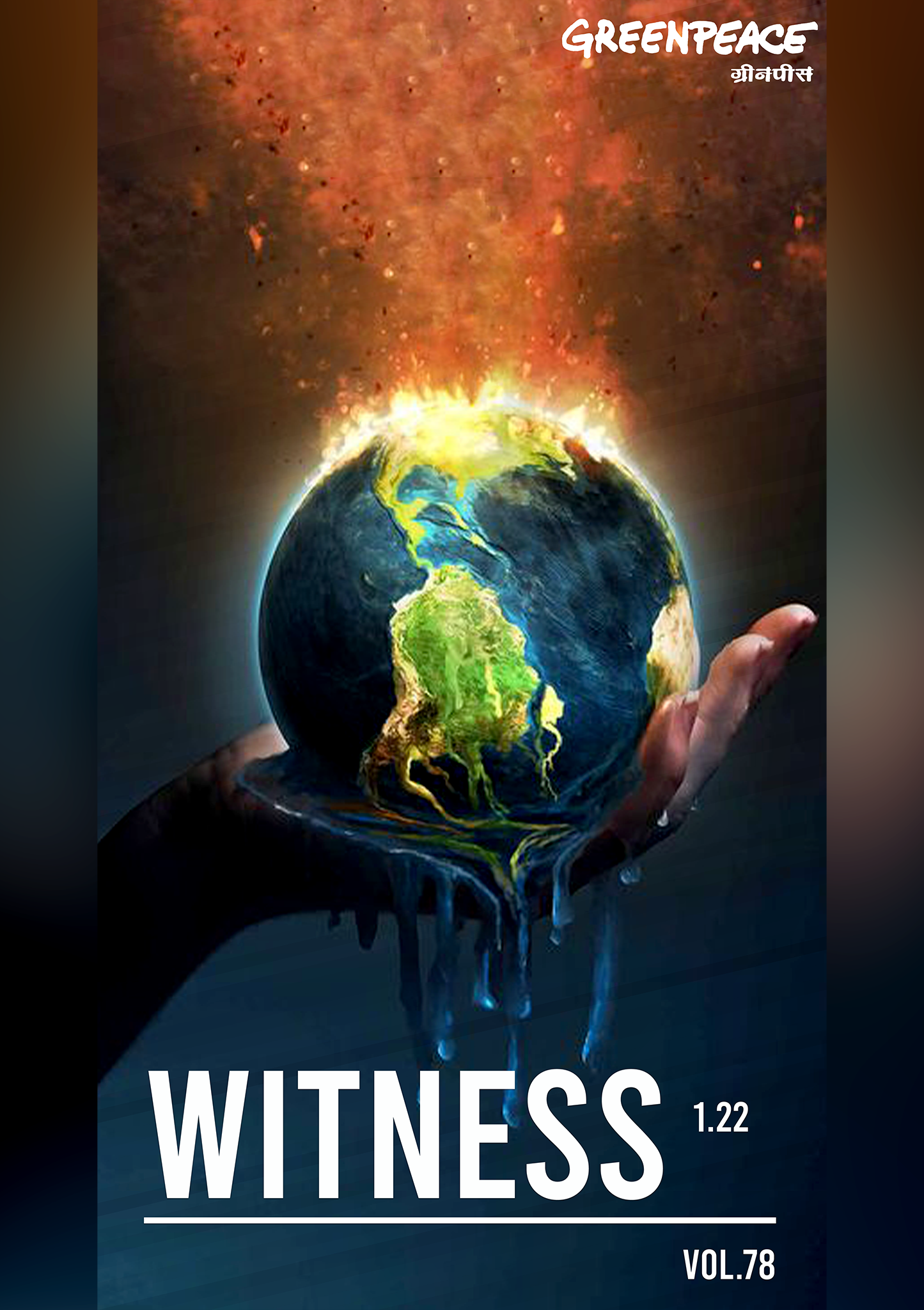
The second quarter of 2020 began with the COVID-19 outbreak shaking the globe. India’s farmers were some of the worst impacted by the lockdown, as transport, labour and markets were disrupted. We worked to help farmers sell their produce at fair prices and in turn fed the starving daily-wagers. Plus, air pollution levels saw a major decline across India, as the lockdown put a halt to all regular human activities.
Read about our findings in Witness 2.20
Witness 2.20




Discussion
In my opinion we have to go back to the old irrigation systems that our forefathers followed. These were irrigation by drawing water from Wells, ponds, lakes, small and big dams and reservoirs. These water bodies were interlinked by rivers, water ways and canals. During monsoon seasons excess water was stored in these water bodies. The stored water in these reservoirs used for irrigation during dry season. Now these water bodies were not maintained properly and are in depleted conditions or turned into human encroachments. Hence the storage capacity has become dwindled and the excess water flowed unutilized or being wasted. So it has become a routine problem to face floods in some parts of the country during rainy season and droughts affecting many parts of the country during non rainy seasons. It is mainly due to mismanagement of our water resources. The government has to seriously look into the water management in a more traditional and at the same time in a scientific way. We have our IMD data of rainfall in real time basis and make use of the data in micro and macro level for optimum use of water and store it in all forms of reservoirs big and small for the rising and cultivation of next crops. It all depends on the government to initiate a sincere and dedicated approach to deal the increasing water demands.